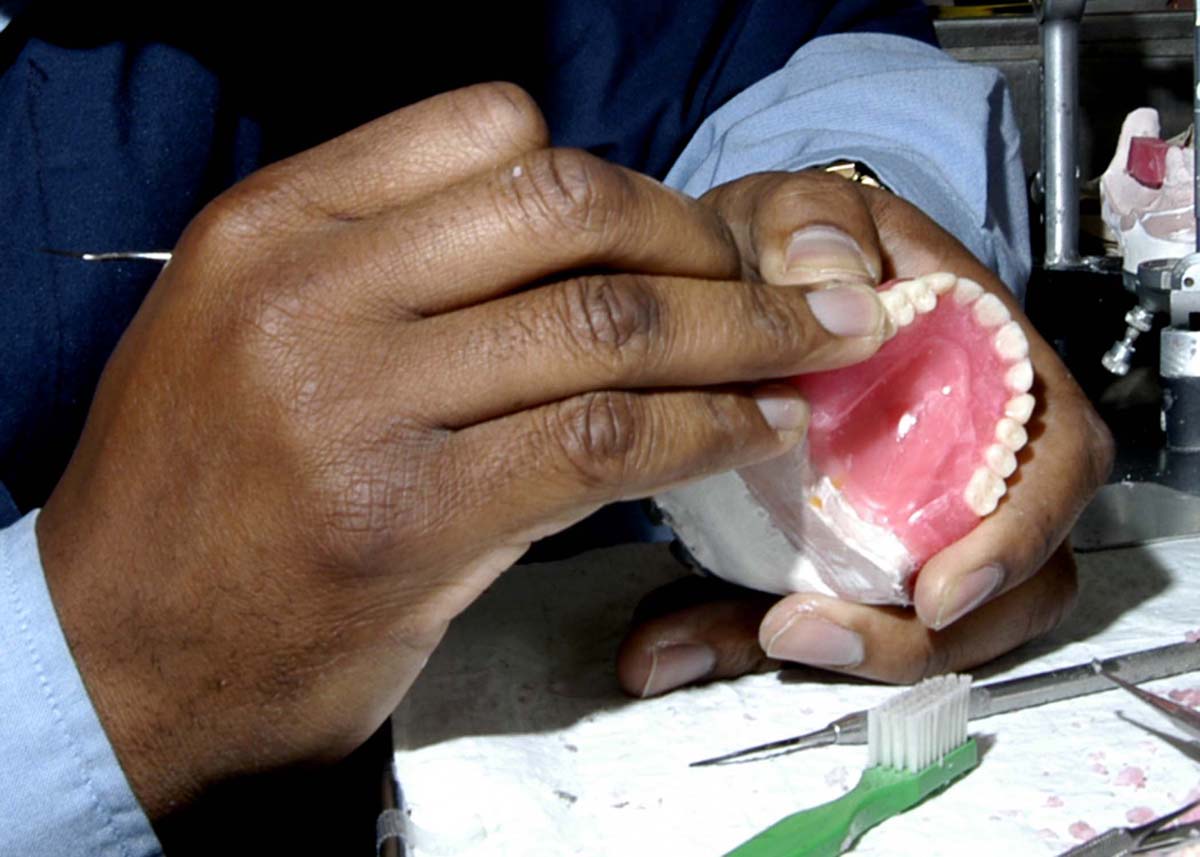
False Teeth and Teeth Dentures
TemporomandibularJoint issues, a pain in the head or ear, and problems with jaw movement can all be symptomatic of issues with teeth spacing. This issue arises when the removed teeth leave gaps, which are in turn filled in by the remaining teeth as they move for placement. This occasionally results in the above mentioned symptoms, and often with an aesthetically unappealing appearance. This can be resolved with partial dentures. Fake teeth are usually matched to the normal teeth, and the color, size and shape is matched to the same teeth as precisely as possible. The dentures are comfortable and with proper dental care and hygiene can function just like normal, healthy teeth.
Classificationof Teeth Dentures
Two types of partial dentures exist, and they are commonly prescribed depending on how healthy the teeth around the gaps are. Fixed Partial Dentures, or dental implant bridges, are installed by attaching artificial teeth straight to the gum tissue or jaw, through a dental implant bridge. They bear a strong resemblance to real teeth and are more comfortable, making them more viable. On the other hand, cleaning them is more difficult, and they only function with healthy teeth. Inflammation, oral problems and bad breath can also affect them, and the procedure is usually pricy. Removable Partial Dentures, or Removable dental bridges, can be placed and taken out whenever the wearer chooses. Consisting of a metal frame with metal clasps, resin base material and artificial teeth, these dentures are preferable to individuals with injured or diseased teeth. Removable partial dentures can be made of different materials, utilized for denture teeth support. Flipper Partial Dentures are the cheapest ones, featuring Acrylic utilized for the pink plastic denture base, to which false teeth are connected to. Clasping wrought wire is fixed into the base and utilized for clasping the normal teeth. Placement can be performed right after the tooth is taken out, but is not a permanent solution. Cast Metal Partial Dentures consist of cast metal, and are more stable due to its alteration of the original teeth surface for fitting purposes. It is not as obvious as the Flipper variety, and is much more durable due to its chrome cobalt construction. As the soft oral tissues are never contacted by the dentures, there is no risk of soft spot irritation. Flexible Framework Partial Dentures are the most modern of these types of dentures. In place of the metal and the pink acrylic base a pink nylon-like material is utilized. This material does not break, and is utilized for clasp construction as well, lending them even more invisibility inside the mouth. They lean on the gums, like the metal ones. A Nesbit Partial Denture is created to exchange one or several lost rear teeth, and can only be made from a flexible framework material variety. While a risk of swallowing this denture by accident is present, due to its flexibility it rarely causes damage. The teeth are fixed with metal clasps, and as there is no teeth support, this can lead to large amounts of pressure to the clasped teeth, making it an unpopular choice. The Cusil Partial Denture is a hole-ridden full denture that gives the natural teeth that remain an opportunity to go through these holes. There is a rubber gasket lining that holds the teeth. This type is unsuitable for persons with teeth that are distributed evenly, but more recommended to the opposite case.


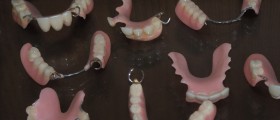
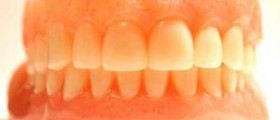


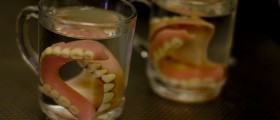

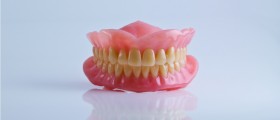
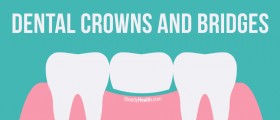
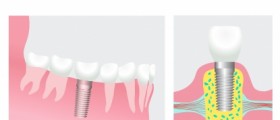
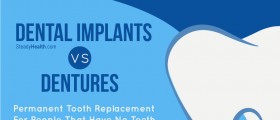

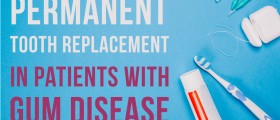
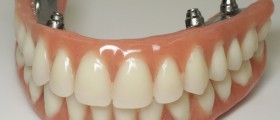


Your thoughts on this
Loading...